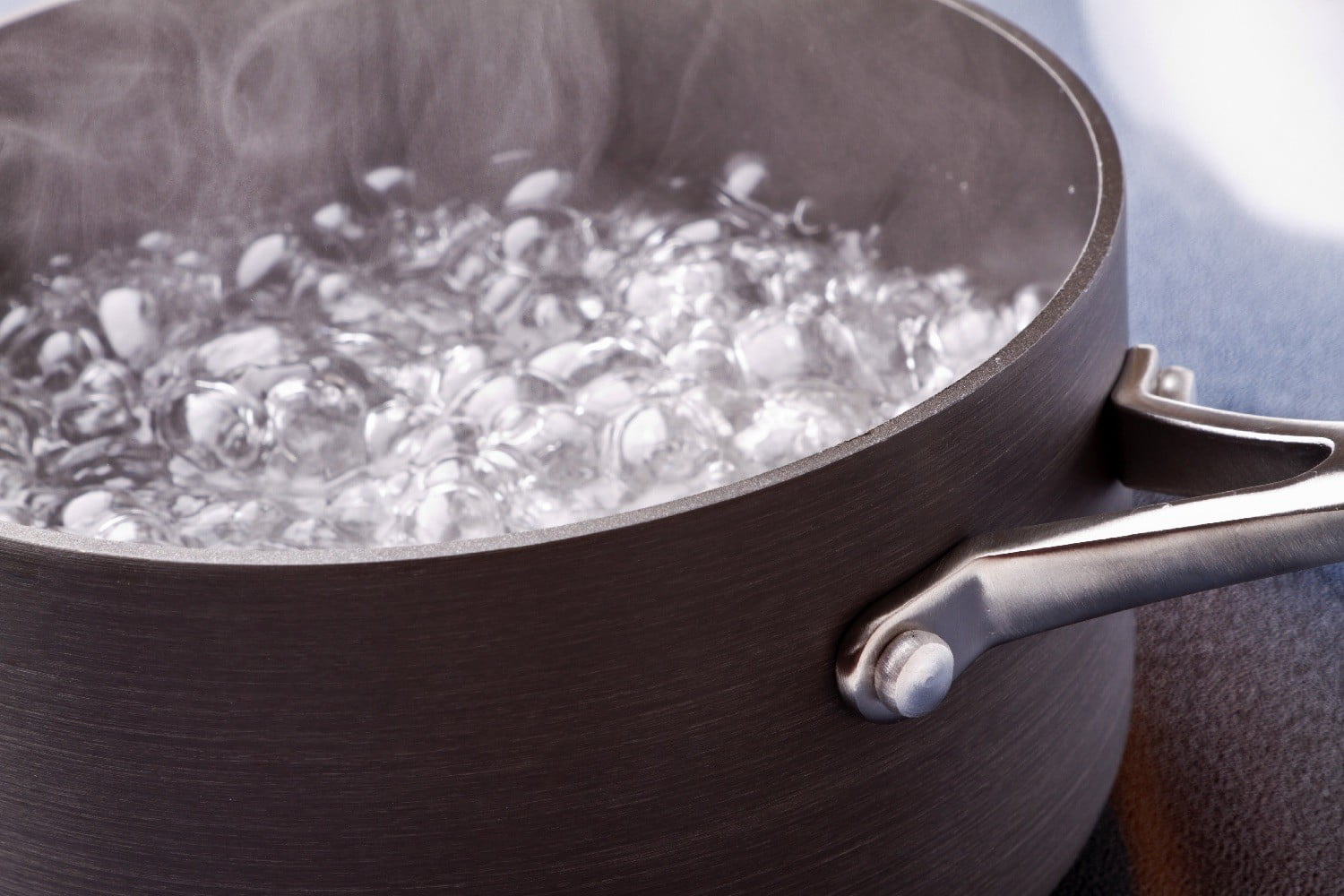
Researchers use X-ray lasers to heat liquid to 100,000 degrees Celsius in just 75 femtoseconds
It takes a good 3 to 4 minutes for the water to boil when you want to make tea or coffee or just want to drink hot water. However, there is a faster way to heat up the water in a fraction of second. In fact, researchers have demonstrated the world’s fastest water heater that employs highly energetic and powerful X-ray lasers to heat up water to around 100,000 degrees Celcius or 180,000 degrees Celsius in under 75 femtoseconds or say one-millionth of a millionth of a millionth of a second.
The team led by Carl Coleman from Center for Free-Electron Laser Science (CFEL) of DESY and the Uppsala University of Sweden conducted the experiment at the X-ray Free Electron LCLS at the SLAC National Laboratory in the US were brief and ultra-powerful flashes of X-ray light was passed through a jet of water transforming it from its liquid state to its plasma state in just 75 femtoseconds which is a duration way beyond human reception.
Carl Coleman further stated that normally when the water is heated, its molecules begin to shake stronger and stronger at an increasing frequency which is often regarded as a violent movement. The movement is achieved by heat transfer which is through immersion rod in ta kettle or stove or tuning the molecules at a frequency tuned with the electromagnetic field of a microwave which boils the water.
However, this experimental setup was completely different in all sense. It used a highly-powerful X-ray laster that punched the electrons out of the water molecules thereby transforming the water in a liquid state to plasma state where its electric charges have been imbalance meaning which, although the plasma retains the same density of that of liquid water, it is now electrically charged substance at an extremely hot temperature. This process takes only 75 femtoseconds which are around “0.000000000000075 seconds” in numbers.
According to Olof Jonsson, the co-author of the study which is published in the journal Proceedings of the National Academy of Sciences, the plasma produced after the process is not a naturally occurring phenomenon on Earth. It is similar to the plasma found on gas giant Jupiter and the sun and it is hotter than the core of the Earth. There are no specified practical applications of the vaporized water as of now, however, with time it could change considerably.
When the laser incidences on the water, it ionizes it and breaks all the bonds and punches electrons out of the atoms in the water molecule thereby converting it into plasma. The prospect is a subject of further investigation where researchers could use both experiments and computations to contemplate how exactly the process takes place at such a short duration. Albeit it can’t be used to heat up water for tea or coffee.


